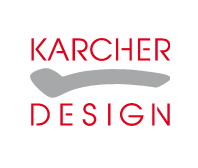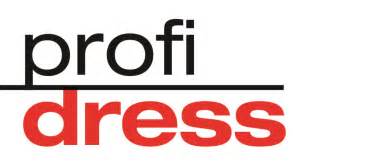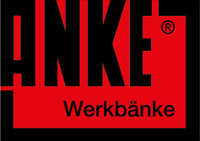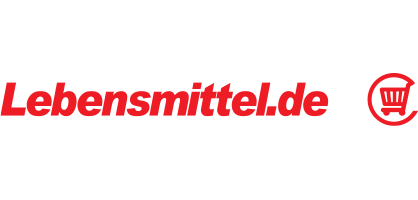The "Royal Road" to Product Configuration: Variant Configuration and Variant Combination
The "prosumer" as a challenge for manufacturers and retailers
In the digital age, the term "consumer" as we know it is not necessarily sufficient any longer. We should rather call it "prosumer", a portmanteau of producer and consumer. Prosumers no longer only demand products, but also determine indirectly what products and what detailed features of a product are relevant to them and thus influence the production to a certain part. Therefore, the customer has achieved a much more powerful position over time and has become significantly more important.
As a supplier or manufacturer of goods, you would be well advised not to oppose this trend, but to make use of this finding and take up the challenges inherent to this new type of customer in order to improve. Because everyone knows: a satisfied customer is a good customer – and usually also a loyal one. For this reason, companies should rather offer customers the possibility of variant configuration or the combination of components to accommodate individual wishes of their customers.
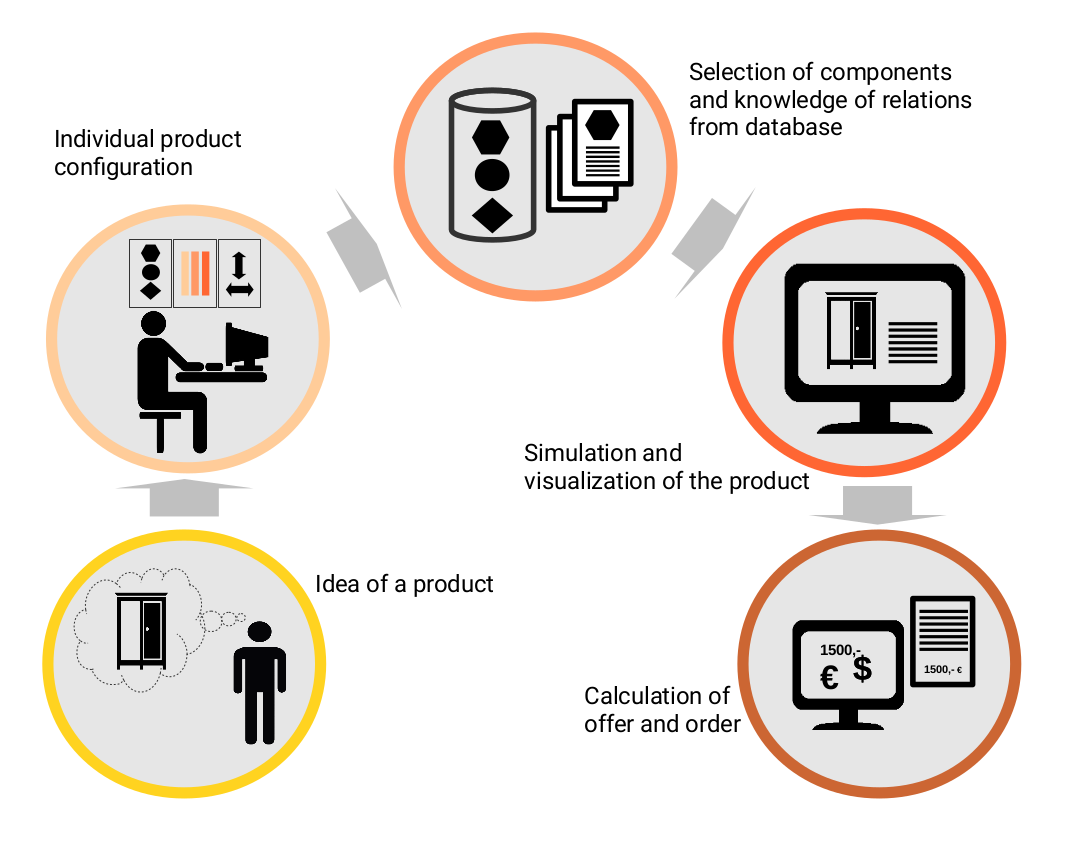
The desire for individuality and unique products is closely related to the desire to do one's own thing. With self-configured products, the prosumer wishes to reflect his identity and therefore opts less and less often opts for standard products. It is thus a small process of self-discovery.
Accordingly, variant configuration leads to the creation of a wide variety of products to match the most different tastes and preferences. If you as a provider give your customers the chance to unfold and discover themselves, your customers will reward you in return with loyalty and positive word-of-mouth advertising, which will lead to fast and clearly visible results in sales.
Variant Configuration and Variant Combination
Generally speaking, there are two options to choose from when implementing a product configurator for end users: Variant Configuration and Component Combination. However, choosing only one of the above options as the technical basis for a configurator might limit the customers' creativity.
If, for instance, the customer is only offered variant configuration, he can – based on an already existing basic frame or by configuring a new one – select or create his desired variant, but nevertheless has no or only restricted possibilities to add further components.
In the case of a wardrobe, this means that he can, e.g., determine the length and width, but cannot equip it with LED lighting. However, if the customer is only offered component combination, you will also restrict him, because you will provide him a "basic frame" in just a few variants generated by "add-ons".
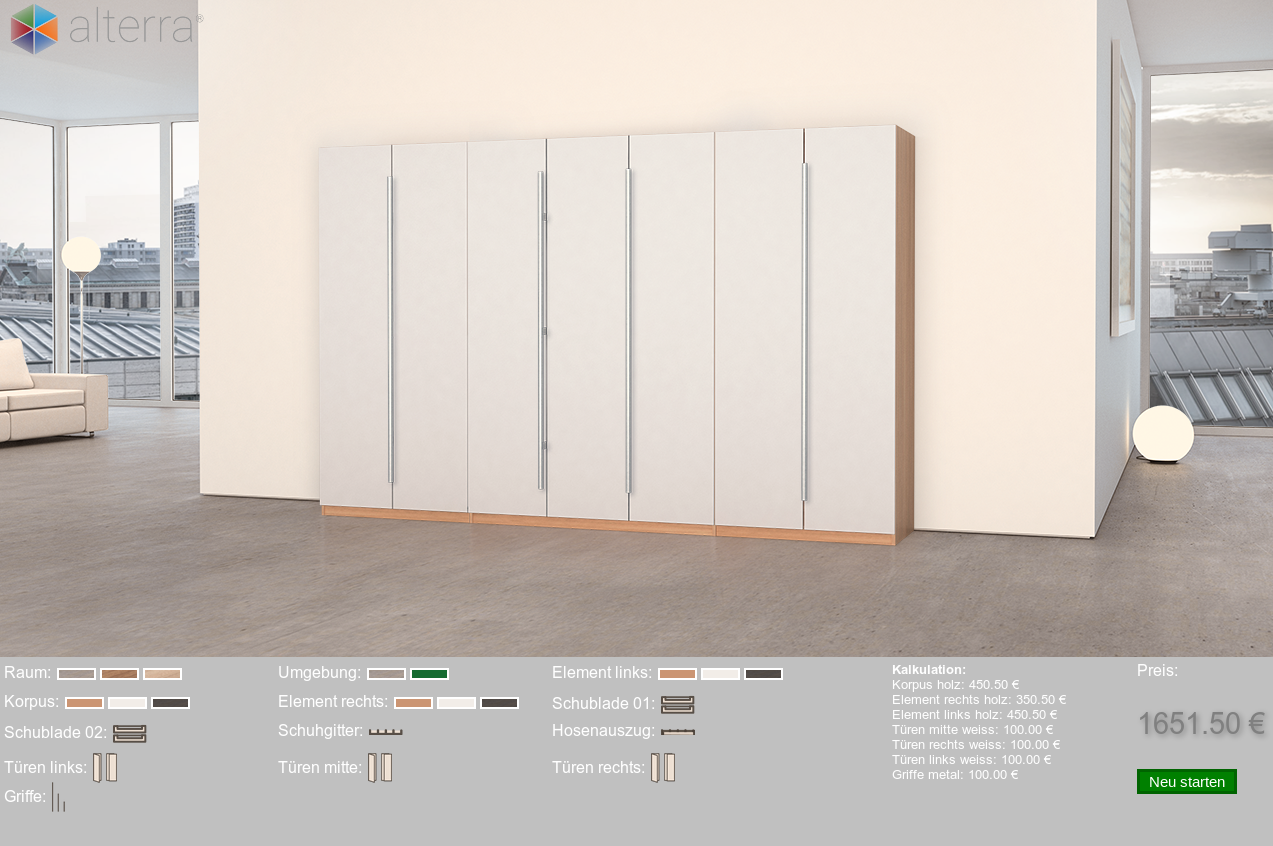
In other words, he can configure the desired product only with regard to additional components, such as LED lighting, boot screens, mirrors, but cannot change the basic properties, such as length, width, height, number of doors, etc. as he might like to. If, in turn, you leave all the options to the user and let him configure his desired product from A to Z with respect to each individual component himself, he might feel overwhelmed by all the possibilities and quickly get lost.
The customer would like to have all possibilities to create the desired product himself, but nevertheless needs some support and guidance to get there. So, you should have something extraordinary on offer and provide a combination of both types of configuration, so that you can attend to the needs of each customer without neglecting their individual wishes. This is the most elegant way to read customers' wishes from their lips, at the same time assert yourself on the market in the age of digitization, and to differentiate yourself clearly from competitors.
Therefore, a combination of Variant Configuration and Component Combination is the "Royal Road to Product Configuration". Now, based on the foregoing, the next question is: What can this combination look like? In the following, we describe how product configuration can be implemented in practice with regard to this question.
Variant Configuration for creating a "basic product"
With variant configuration, the first step creates a product class with properties. In the example of a wardrobe, different versions or variants of the frame can be created under the same product class "Frame". Conceivable properties would be the colors wood, white and anthracite, and the widths 200 cm, 250 cm and 300 cm. If the user chooses neither of these properties all possible variants are proposed to him in various combinations. As too many variants are cluttered and confusing, the customer selects his desired characteristics and narrows the range of available variants.
Through the setting of conditions with regard to the selection of properties, you can define and, if necessary, restrict the combinability of multiple properties. For example: The customer can combine a wardrobe frame with a height of 230 cm only with the width property 250 cm.
You also have the possibility to create a basic product. This so-called "product master" serves as a basic pattern and carrier of basic information for generating an own variants.

All this will make you a unique provider that virtually anticipates his customers' every wish and pampers them. Your customers will serve as marketing multipliers disseminating their positive experiences made with your webshop among their friends and families – and in the blink of an eye, you will realize how satisfied customers can quickly increase your sales. Finally, despite a saturated market, you succeed in differentiating yourself from competitors and create a unique brand with a brilliant and individual product range.
Go to Alterra VC (Variant Configuratior software) >>>
Contact
Sepia GmbH & Co. KG
Ernst-Gnoss-Strasse 22
D-40219 Düsseldorf - Germany
Phone: +49 211 51 419 75
Phone alternative: +49 211 74 958 712 0
E-Mail: info@sepia.de
Looking for consultation or a web demo?
Get it here.




